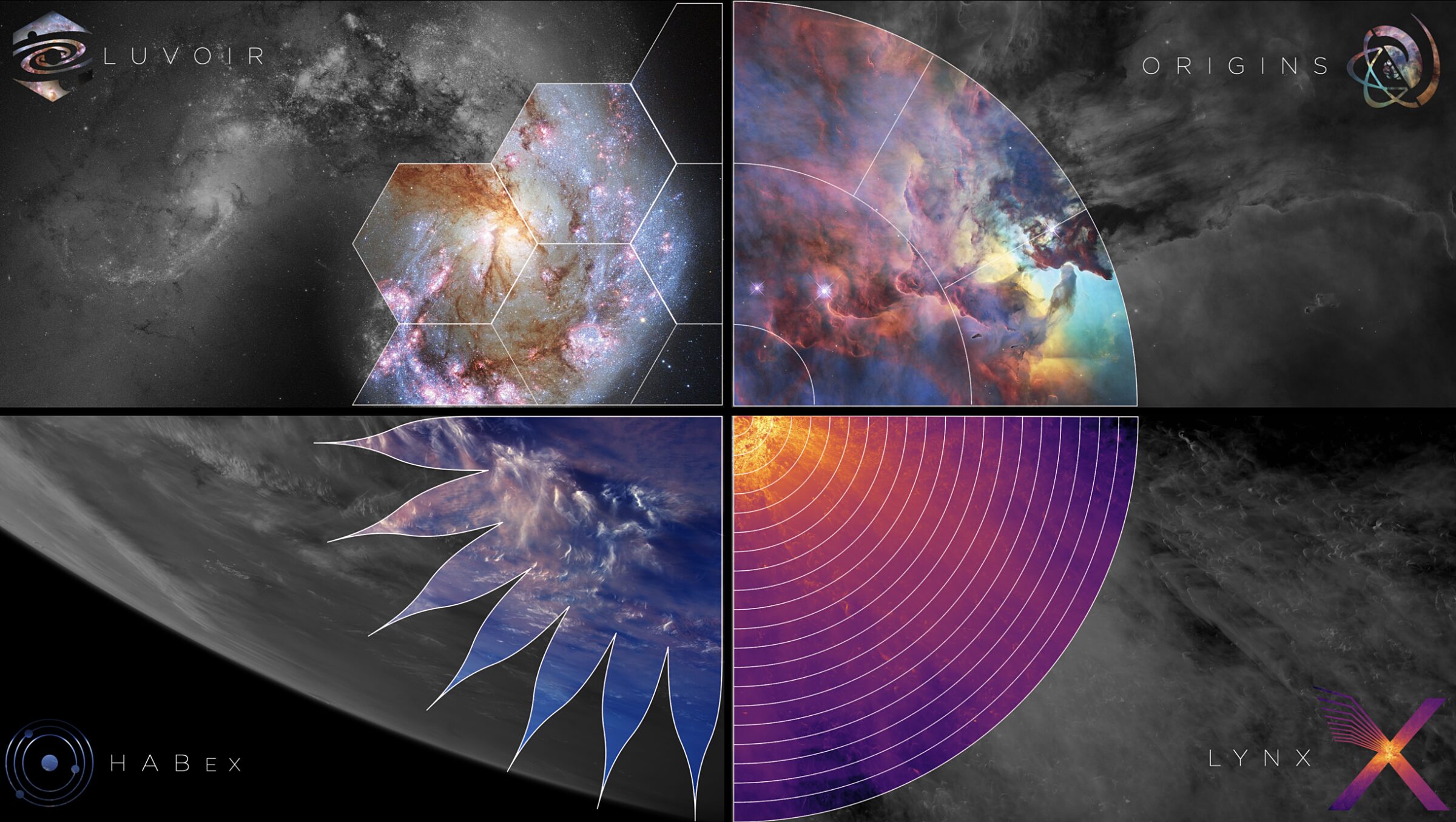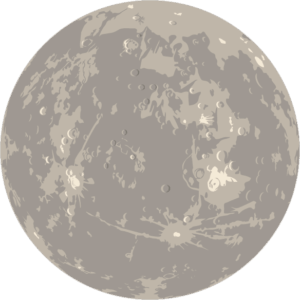The Downlink • May 28, 2021
Solar Plasma and Europan Magma
Space Snapshot

The Sun is temperamental, to say the least. This split image shows the striking difference between an active Sun (seen on the left during the April 2014 solar maximum) and a quiet Sun (seen on the right during the December 2019 solar minimum). Scientists predict the Sun’s activity will once again ramp up to a maximum in 2025. Learn more about what this means and how it could affect life on Earth. Image credit: NASA/SDO.
You love space, now take action
This weekly newsletter is your toolkit to learn more about space, share information with your friends and family, and take direct action to support exploration. Anyone can subscribe at planetary.org/connect to receive it as a weekly email.
Mission Briefings


Jupiter’s moon Europa, which is thought to have a subsurface ocean, might also be harboring underwater volcanoes. New computer modeling suggests Jupiter’s powerful gravitational pull may cause the rocky interior beneath Europa’s ocean to “flex” and generate heat. This could hypothetically give rise to seafloor volcanoes. We’ll hopefully learn more when NASA’s Europa Clipper investigates the icy moon, beginning in 2030. Pictured: NASA's Voyager 2 spacecraft captured the images used to make this high-resolution mosaic of Europa in 1979. Image credit: NASA/Ted Stryk/The Planetary Society.

Martian terrain may be hiding organic salts. A new study based on data from NASA’s Curiosity rover gives further evidence to the idea that the surface of Mars contains organic salts. Organic salts can arise naturally from geologic processes, but they can also be leftover from extinct forms of life. Curiosity has yet to directly detect organic salts on the Red Planet but research is still ongoing.

On May 26, some lucky stargazers were treated to a total lunar eclipse and super blood moon combo. The total lunar eclipse was visible in parts of eastern Asia and Russia, Australia, Western North and South America and more. You can learn more about lunar eclipses and supermoons in our handy guide.
From The Planetary Society


The future of space-based observatories is going to be exciting. Four new proposals for space-based telescopes are currently under review, competing for the top recommendation in the 2020 astronomy and astrophysics decadal survey. Astrophysicist Grant Tremblay joins this week’s Planetary Radio to talk about the four proposed missions that have collectively been named the New Great Observatories. Pictured: Logos for the proposed missions. Image credit: The New Great Observatories Coalition.

How often do dangerous asteroids come close to the Earth? Our new interactive infographic shows you every asteroid big enough to destroy a city that has passed or will pass closer than the Moon. When you see just how common these close calls are, it’s easy to understand why planetary defense is such a crucial effort.

Close calls don’t have to be scary. You can take action today to help make sure we’re never caught off guard by asteroids. Donate to our Shoemaker NEO Grant program to fund asteroid hunters who are finding and tracking potentially dangerous near-Earth asteroids. U.S. residents can also petition Congress and the White House to support NASA’s planetary defense efforts. If you live elsewhere, we encourage you to find the contact information for your government representative(s) and tell them about the importance of planetary defense and the steps that need to be taken by all nations of the world. With your help, we can defend our planet from the hazards of the cosmos.
What's Up

In the evening sky you can see Venus and Mercury very close together on the western horizon right after sunset. Above them, Mars shines in the west. In the predawn look for Saturn and Jupiter in the east. Learn more at planetary.org/night-sky.
Wow of the Week

Sometimes people send us their space art, and other times space just is art. Looking like something we’d pay good money to see in a gallery, this image actually shows mineral concentrations around an impact crater on Jupiter’s moon Europa. The image was created with data from the Solid State Imaging camera and the Near Infrared Mapping Spectrometer on NASA’s Galileo spacecraft. Image credit: NASA/JPL-Caltech.


 Explore Worlds
Explore Worlds Find Life
Find Life Defend Earth
Defend Earth


